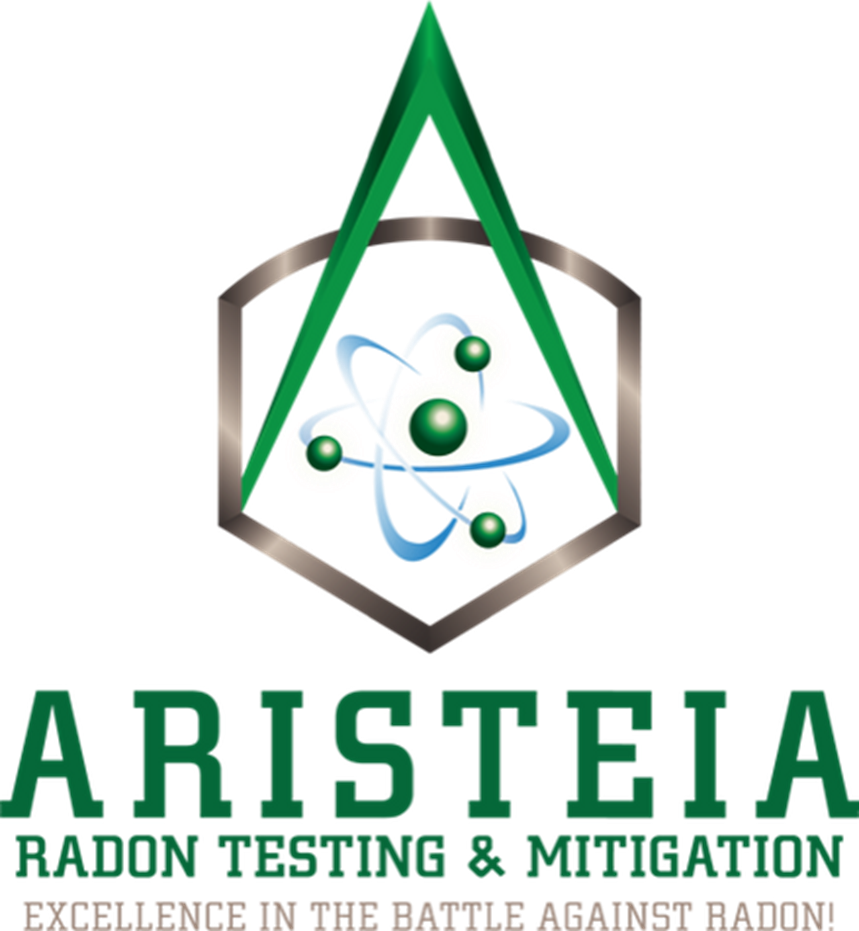What is Radon?
Radon is a colorless, odorless, tasteless gas that is radioactive and is part of the decay chain of Uranium. It decays into solid metallic, radioactive particles of Polonium, Bismuth and Lead. It is these solid radioactive particles that are airborne for a while and can be inhaled and cause DNA mutations leading to lung cancer. Alpha particles are the semi-truck of the ionizing radiation spectrum. They are relatively large and slow moving and can be stopped with a piece of paper. Unfortunately, they cause much of the problem with lung cancer since they can be inhaled when attached to dust particles. Alexander Litvinenko, the Russian spy was killed by alpha particle radiation.
These are pictures of the impact crater of alpha particles on a piece of cellulose film which are part of the decay chain of Radon and Uranium.

National levels of indoor radon are 1.3 picocuries/liter. In Colorado, they are 6.4 picocuries/liter! Living in a home with 6.4 picocuries/liter is like having 200 chest x-rays per year!
When to Test
Newer science suggests that duration of exposure to indoor radiation is as damaging as shorter exposure to higher levels. While Radon is commonly associated with being found in the lower levels of the home, it is still common to be found in the upper levels since the HVAC system spreads the radon throughout the house.
- Do you work from home?
- Do you exercise in your basement?
- Do you have a tenant in the basement?
- Do you or your teenager spend hours playing video games in your basement?
- Are you retired and spend more time inside?
- Do you have a theater in your basement?
- Has it been 2 years since the last test?
